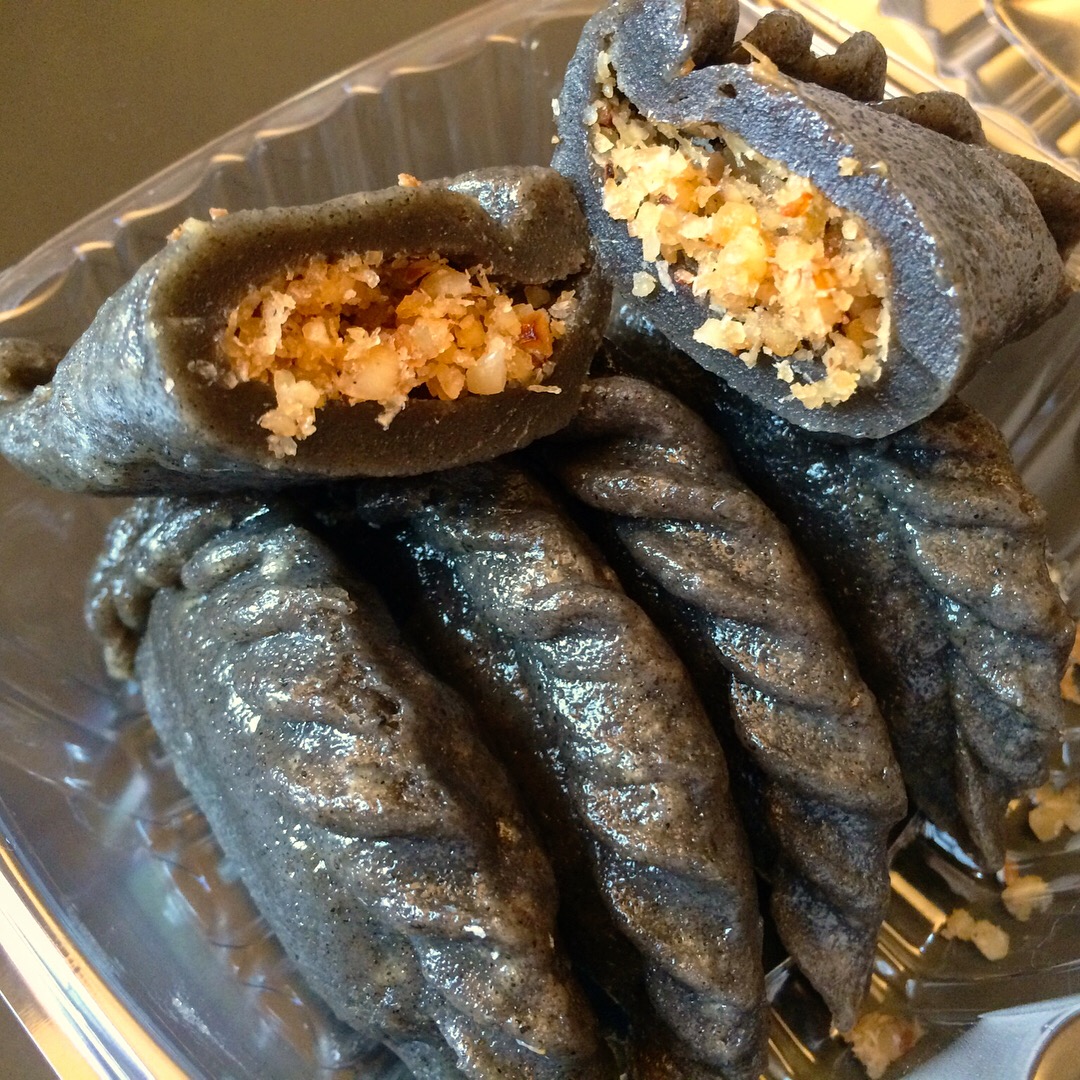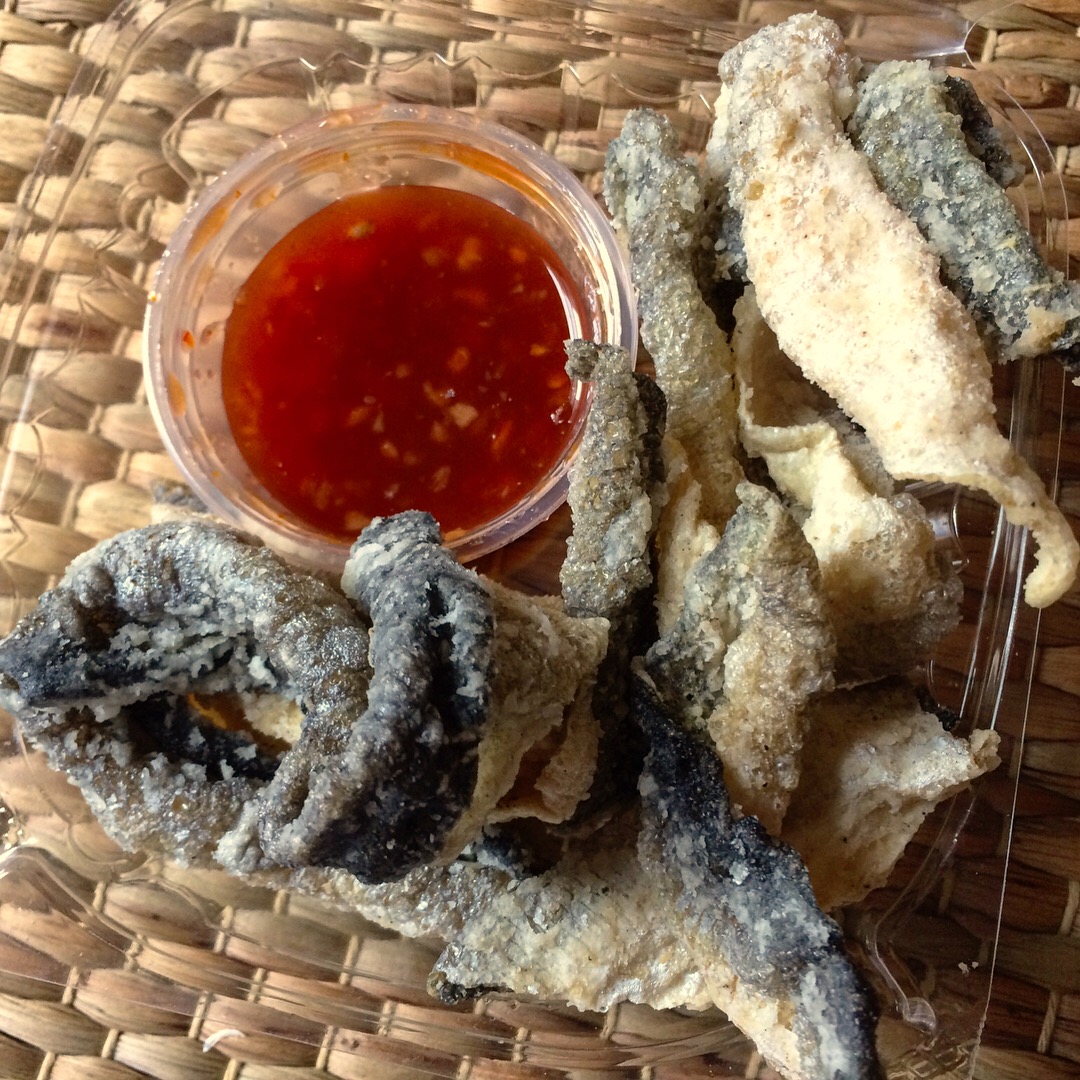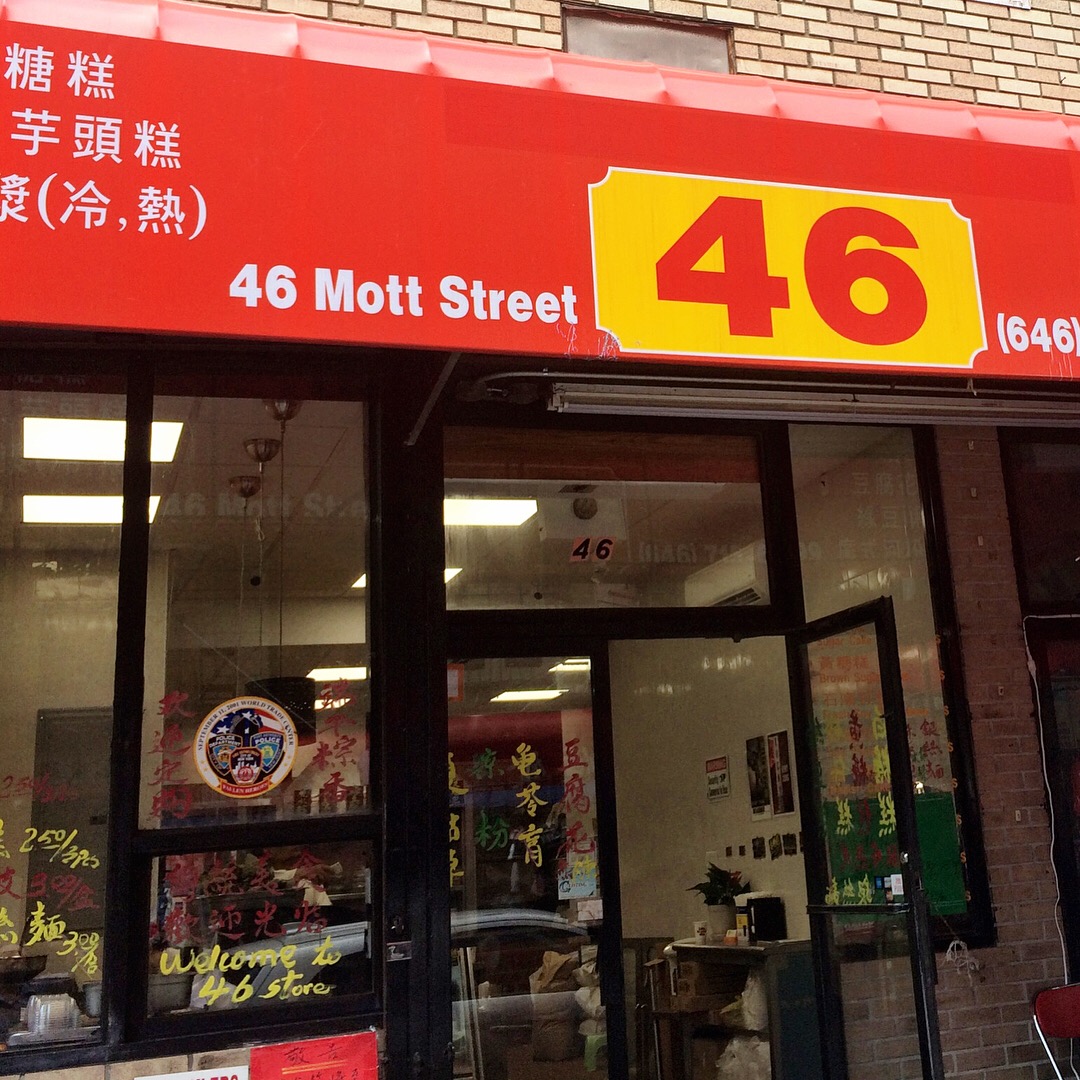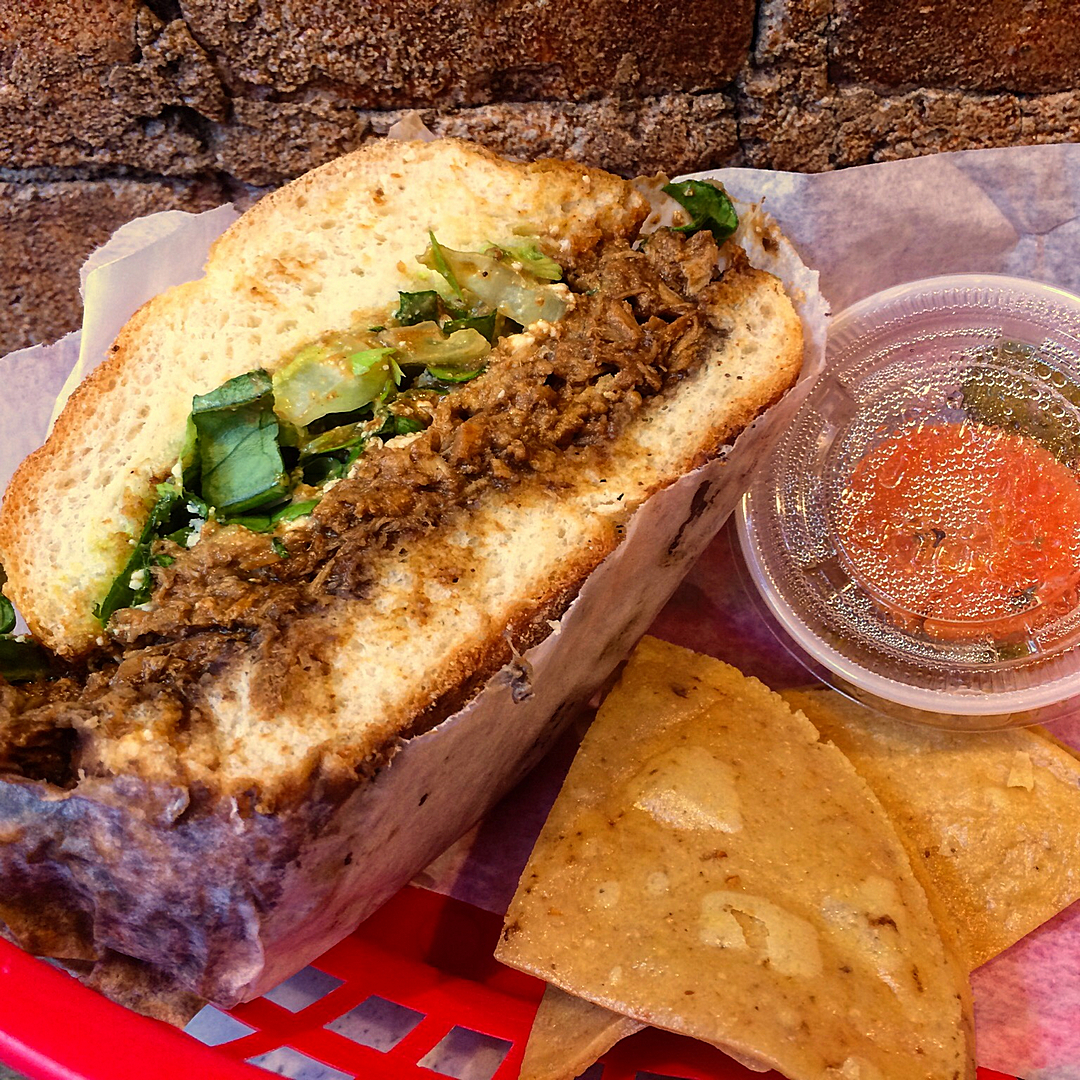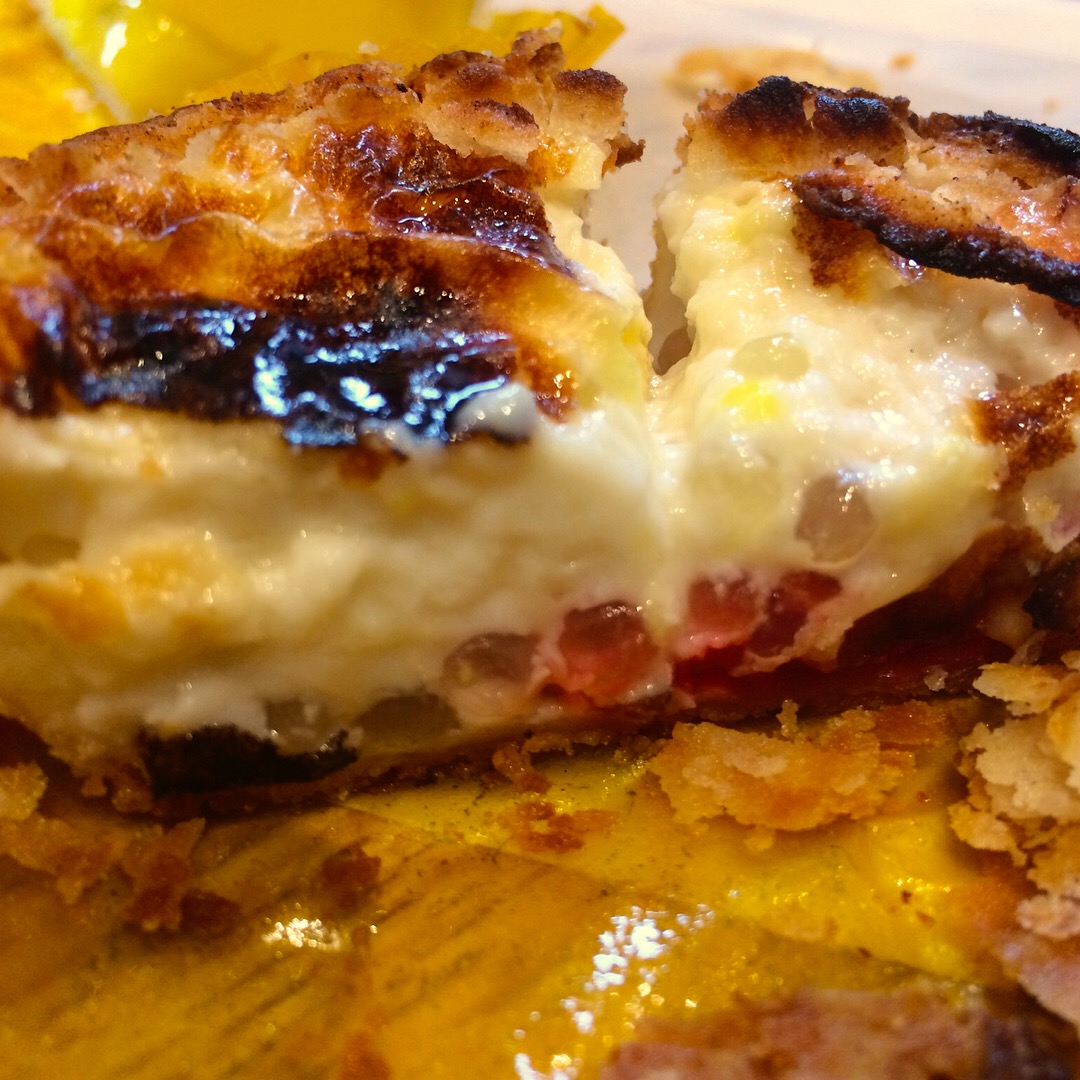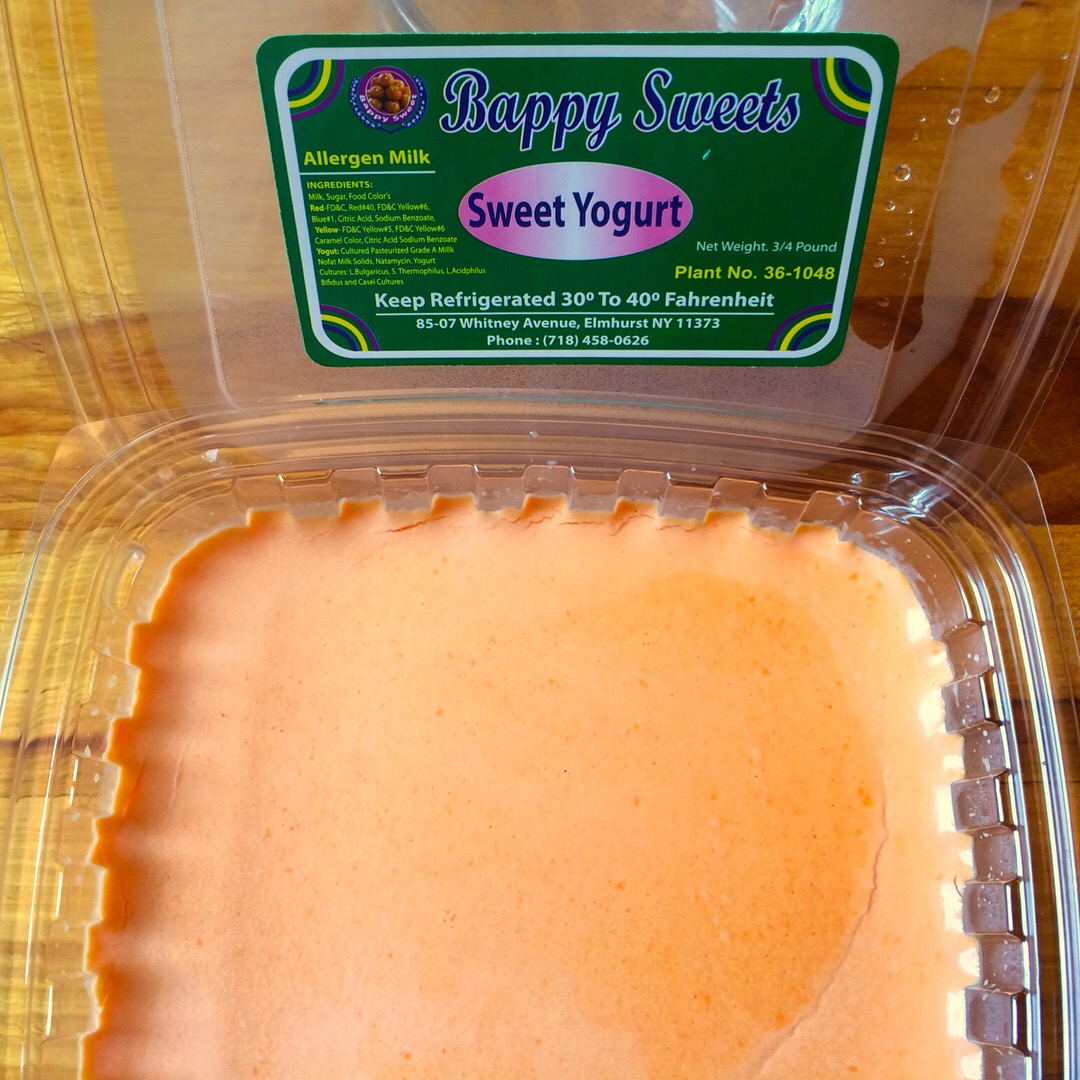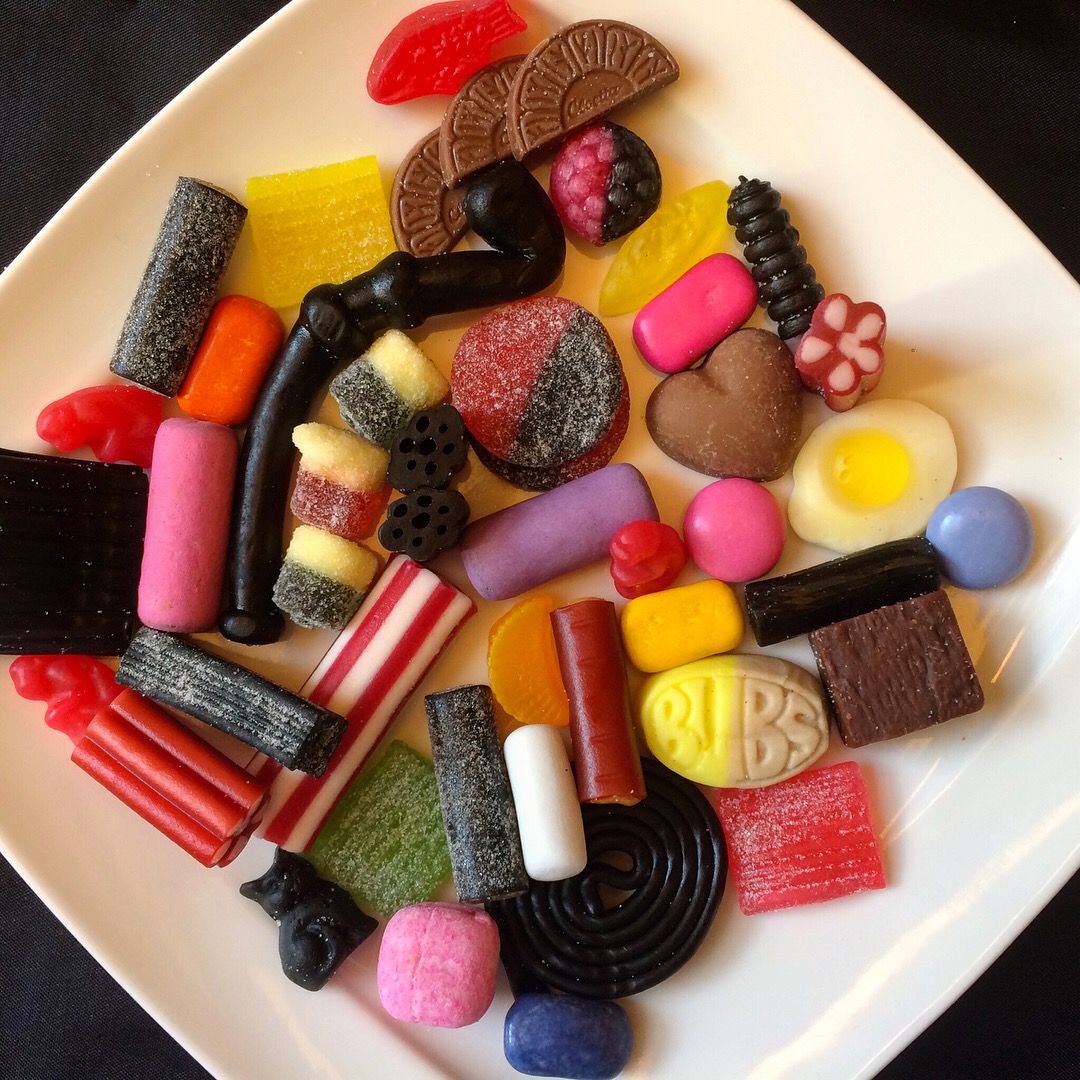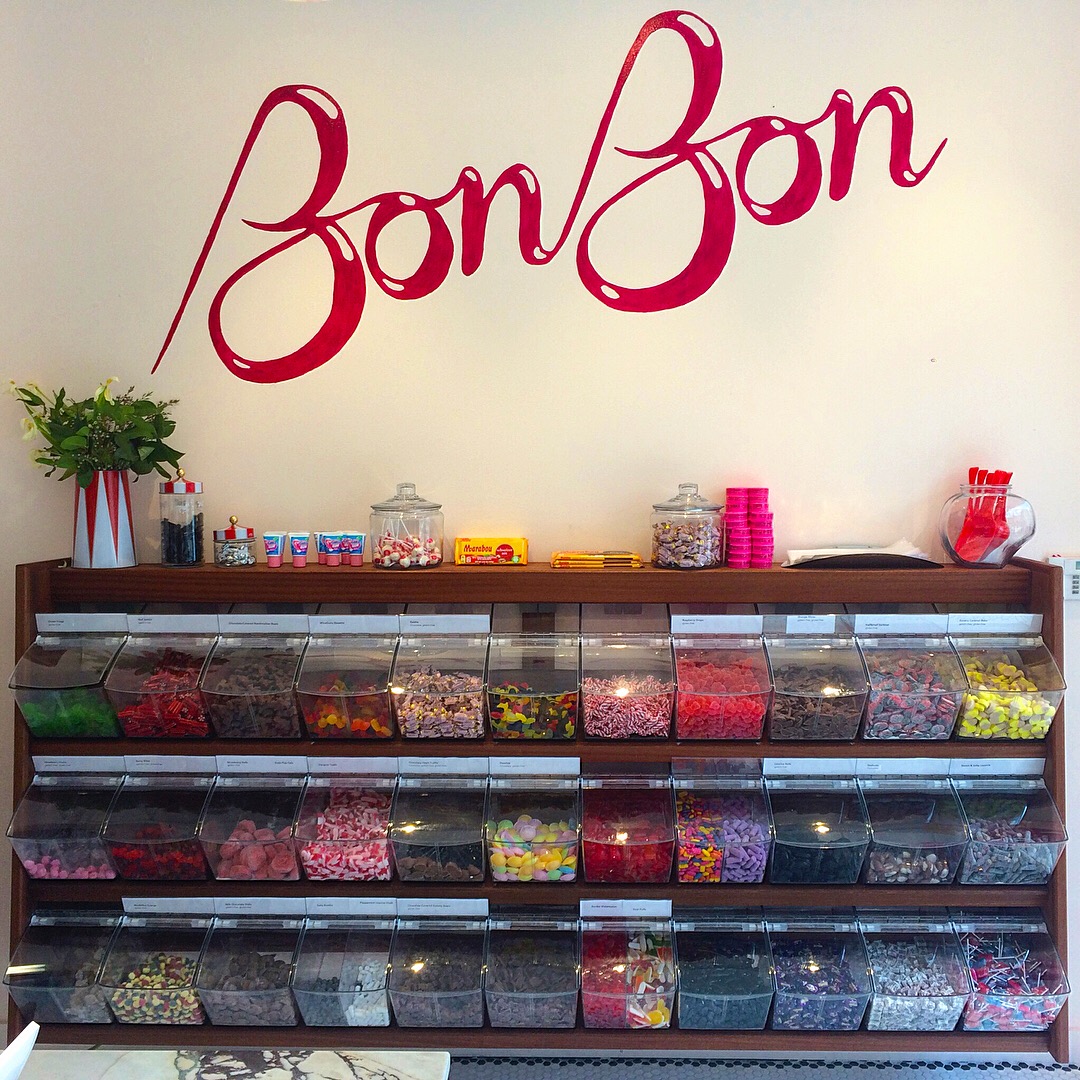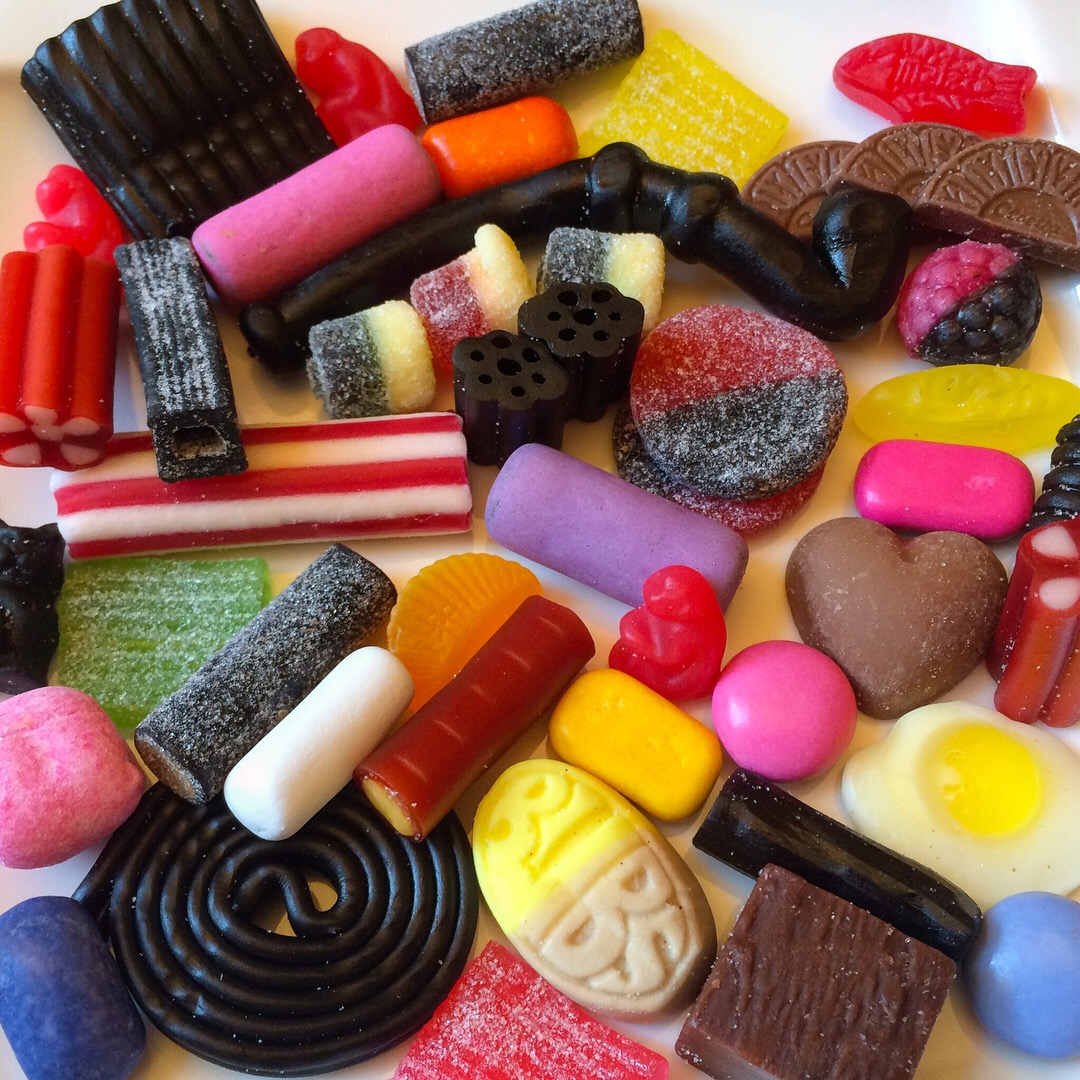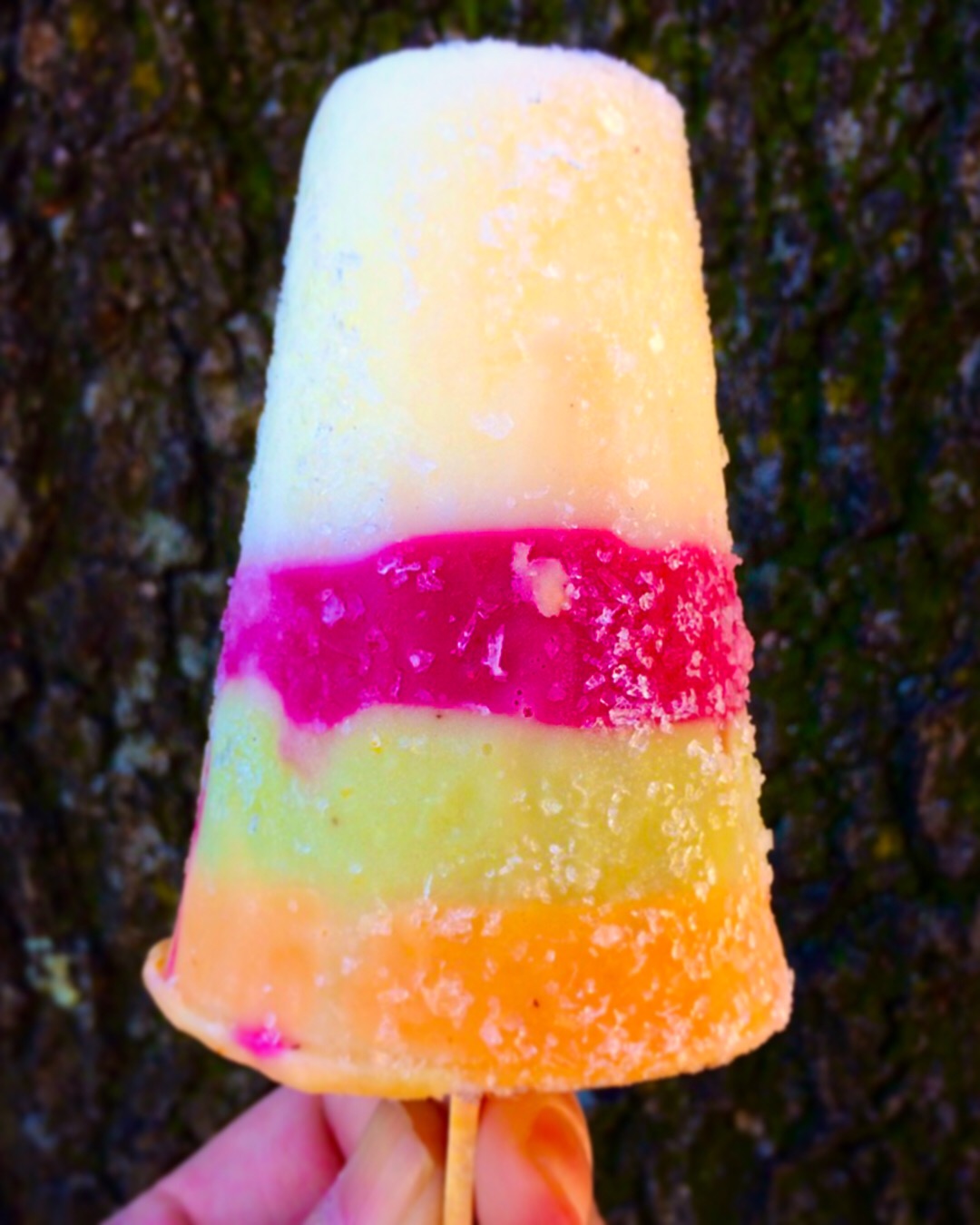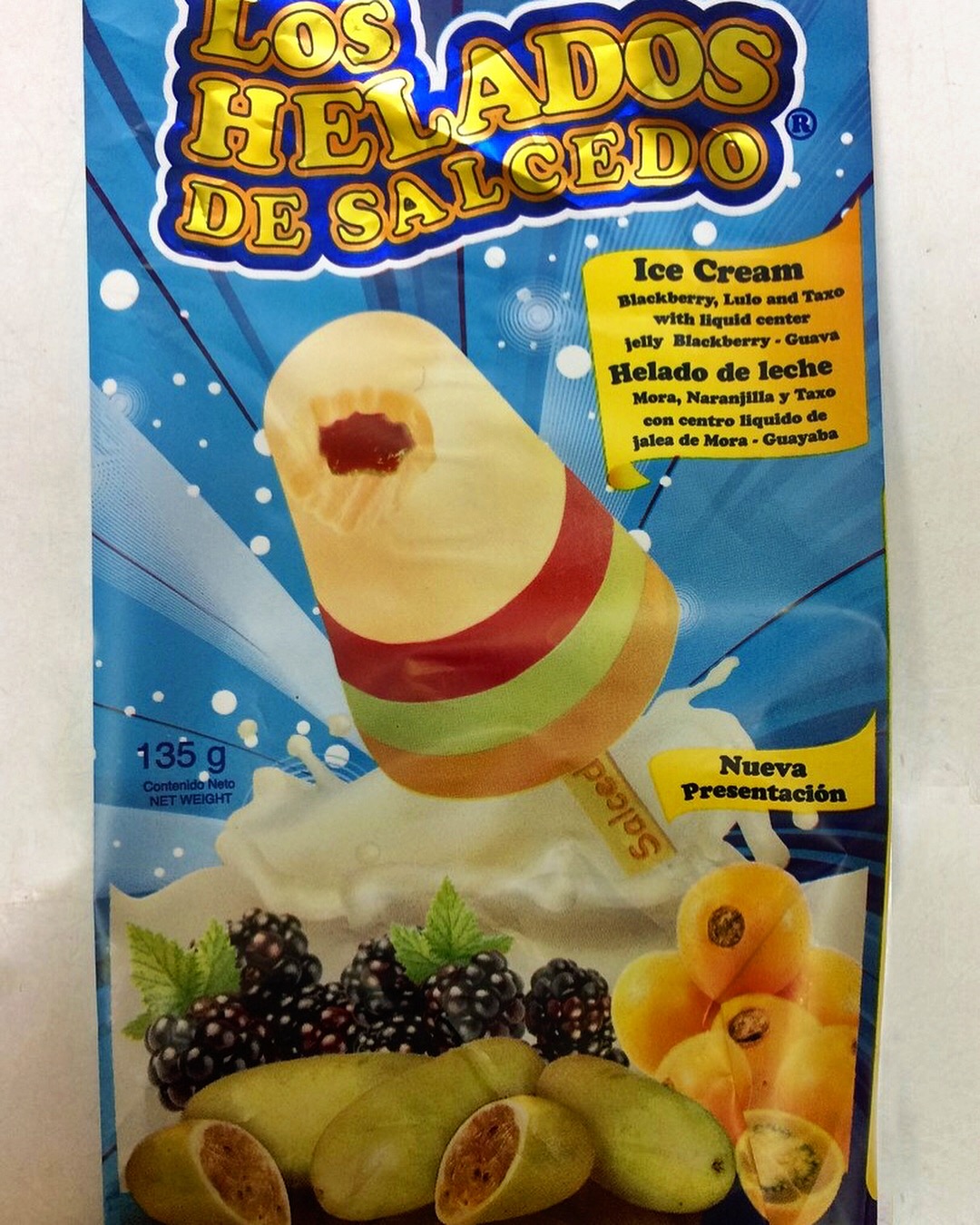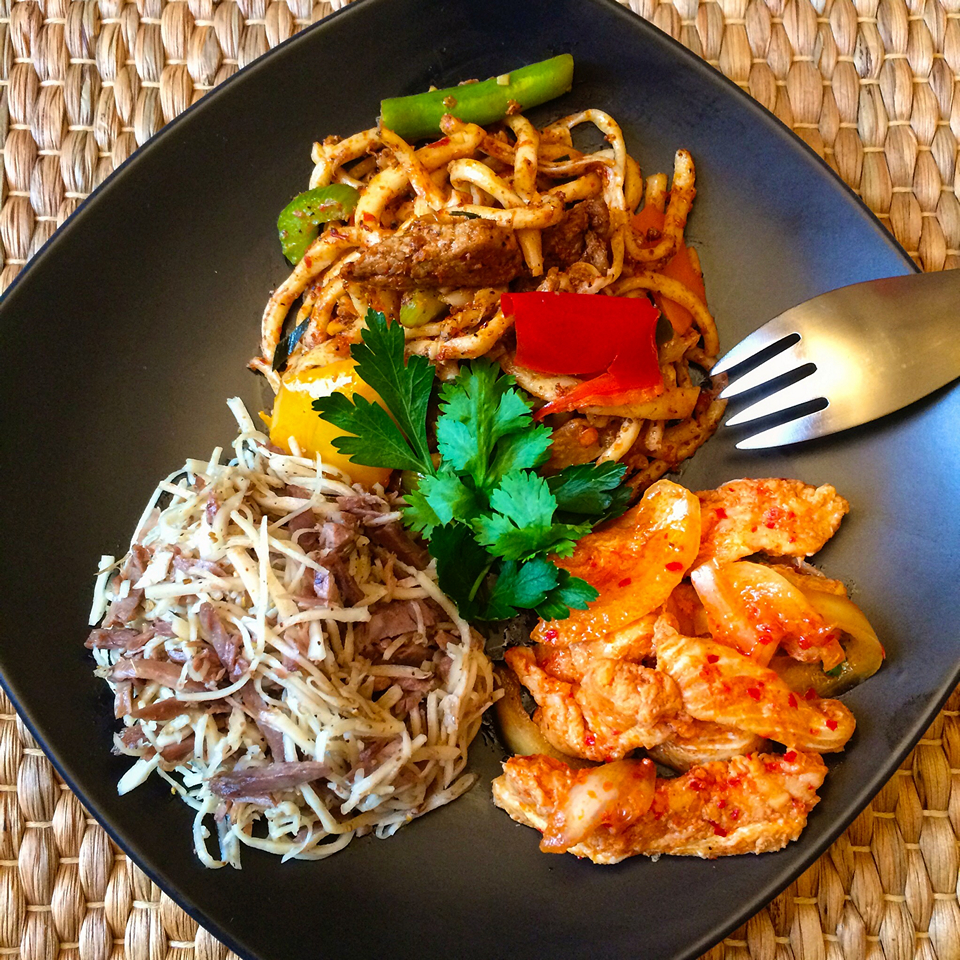Daylight Saving Time, my second favorite holiday after Christmas and the undisputed harbinger of Spring as long as you don’t look out your window, has at long last arrived. Two notable celebrations of the season, Easter and Passover, are concurrent this year, so this post is a nod to both. I haven’t forgotten Nowruz, of course, the Iranian (or Persian) New Year that occurs on the vernal equinox, but I feel that it deserves a post of its own accompanied by photos of delicious traditional foods which, with some luck, I’ll be able to provide.
It’s no coincidence that the Italian word for Easter (pasqua) and the Hebrew word for Passover (pesach) are closely related, although culinarily the holidays couldn’t be more disparate. During this time of year, Jewish families are expunging their homes of even the most minuscule crumb of anything leavened, and Italians are baking Easter breads like they’re going out of style.
Italy’s traditional seasonal bread is La Colomba di Pasqua (“The Easter Dove”), and it is essentially Lombardy’s Eastertime answer to Milan’s Christmastime panettone. These deliciously sweet, cakey breads, in some ways Italy’s gift to coffeecake but so much better, are fundamentally the same except for two significant distinctions: the colomba is baked in the shape of the iconic dove that symbolizes both the resurrection and peace, and the recipes diverge with the colomba’s dense topping of almonds and crunchy pearl sugar glaze. Traditionally, a colomba lacks raisins, favoring only candied orange or citron peel, but as with panettone, fanciful flavors (including some with raisins) proliferate. And also as with panettone, charming but somewhat specious tales of its origin abound. (If you haven’t already, please read my passionate paean to panettone for more information and folklore about this extraordinary contribution to the culinary arts.)
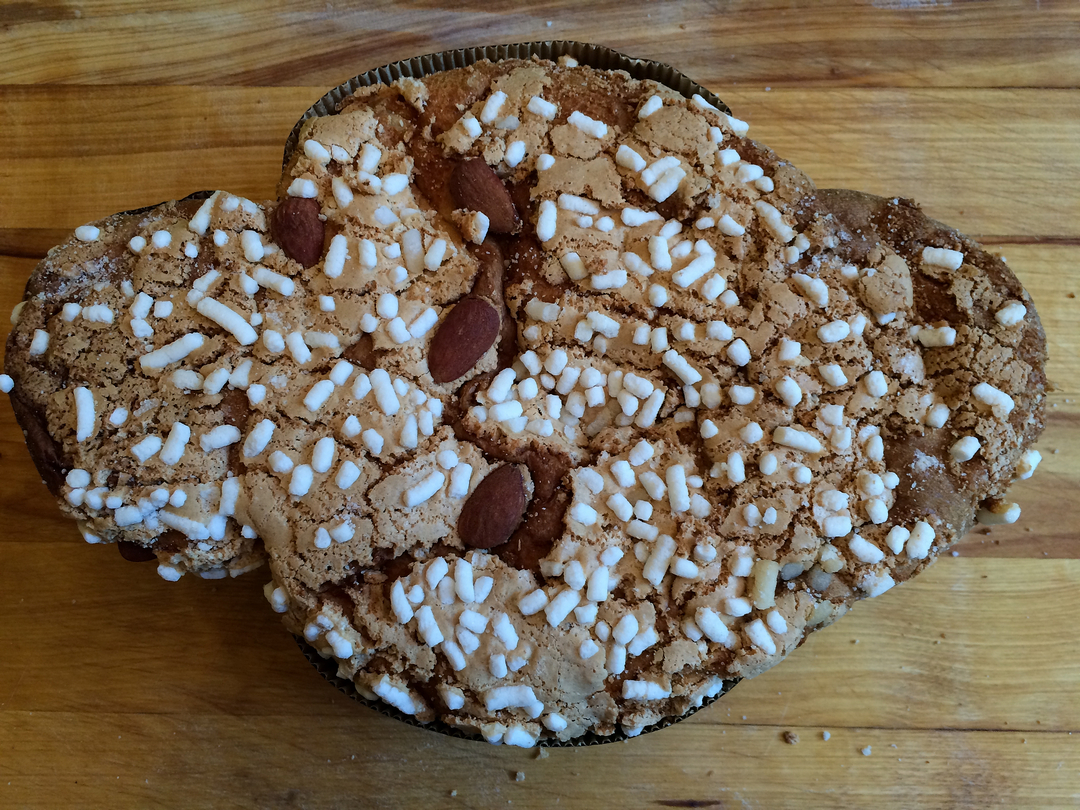
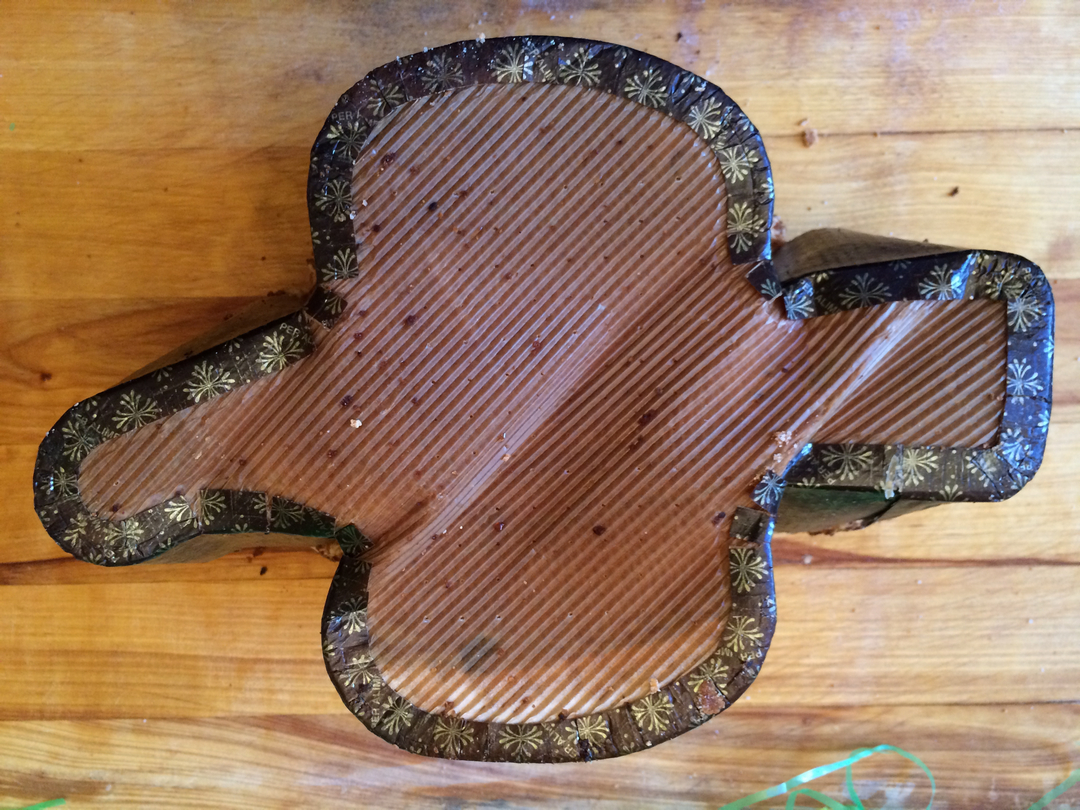
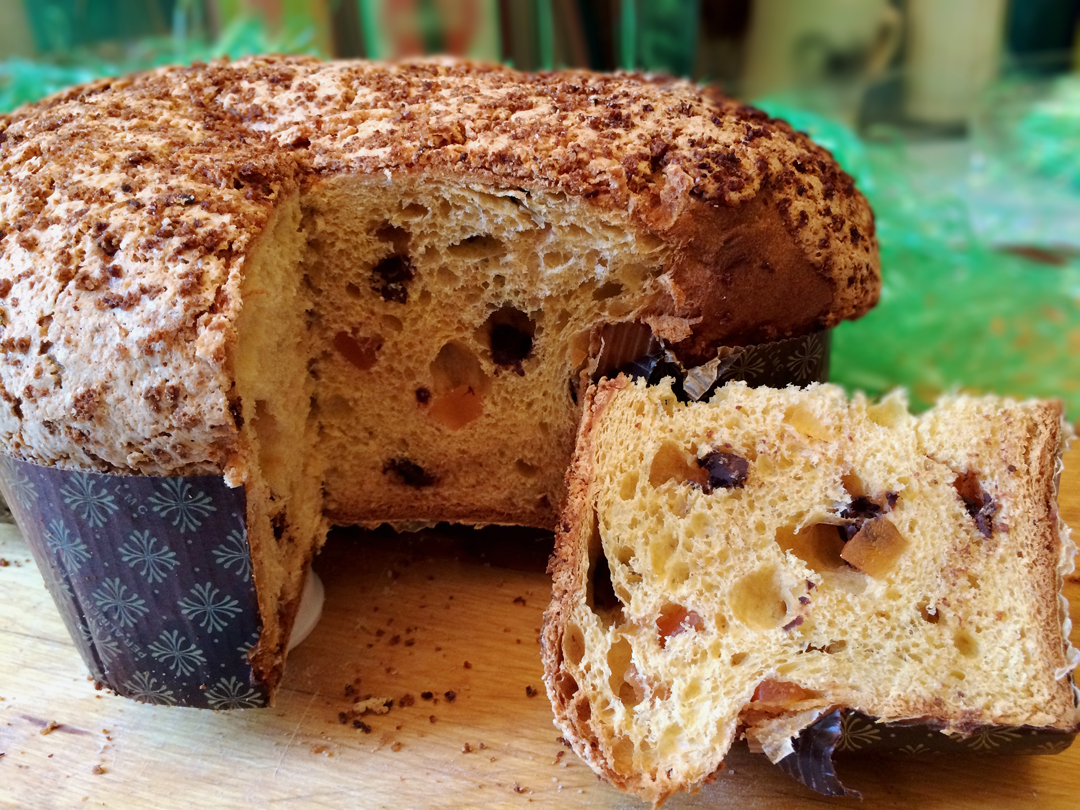 (Click any photo to see it in high resolution.)
(Click any photo to see it in high resolution.)
The first photo shows a colomba in all its avian splendor. Frankly, I think it’s a leap of faith to discern a dove in there, but if you can detect one, you may have just performed your own miracle.
Hard pressed to see the dove? Fret not, for the second photo has the cake turned upside down so the columbine form is somewhat more evident.
The third photo depicts a version that features bits of chocolate and dried peaches within and crunchy crushed amaretto cookies atop.
Just wondering: There’s no debate that American kids bite the ears off their chocolate Easter bunnies first. Do you suppose that Italian children start with the head, tail, or wings of the colomba?
On to Passover. Previously on ethnojunkie.com, I did a springtime post that included a story about someone who dared me to come up with an ethnic fusion Passover menu. I wrote:
“Well, far be it from me to dodge a culinary challenge! So although obviously inauthentic, but certainly fun and yummy, here’s to a Sazón Pesach!
Picante Gefilte Pescado
Masa Ball Posole
Brisket Mole
Poblano Potato Kugel
Maple Chipotle Carrot Tzimmes
Guacamole spiked with Horseradish
Charoset with Pepitas and Tamarindo
And, of course, the ever popular Manischewitz Sangria!”
It was all in good fun, of course, but it got me thinking about actually creating a Jewish-Mexican fusion recipe. It isn’t strictly Kosher for Passover, of course, but I thought the concept was worth a try. So here is my latest crack at cross cultural cooking: Masa Brei!
Now you might know that Matzo Brei (literally “fried matzo”) is a truly tasty dish consisting of matzos broken into pieces that are soaked briefly in warm milk (some folks use water), drained, soaked in beaten eggs until soft, then fried in copious quantities of butter. Typically served with sour cream and applesauce, it’s heimische cooking at its finest, Jewish soul food, and it’s easy to do.
So I thought it might be worth a try to swap out the matzos for tostadas, the milk for horchata, the sour cream for crema, and the applesauce for homemade pineapple-jalapeño salsa. A sprinkle of tajín, a scatter of chopped cilantro – and it actually worked! Here’s the finished product:

And no matter which one you’re celebrating (or perhaps all of them like me) – Happy Holidays!
